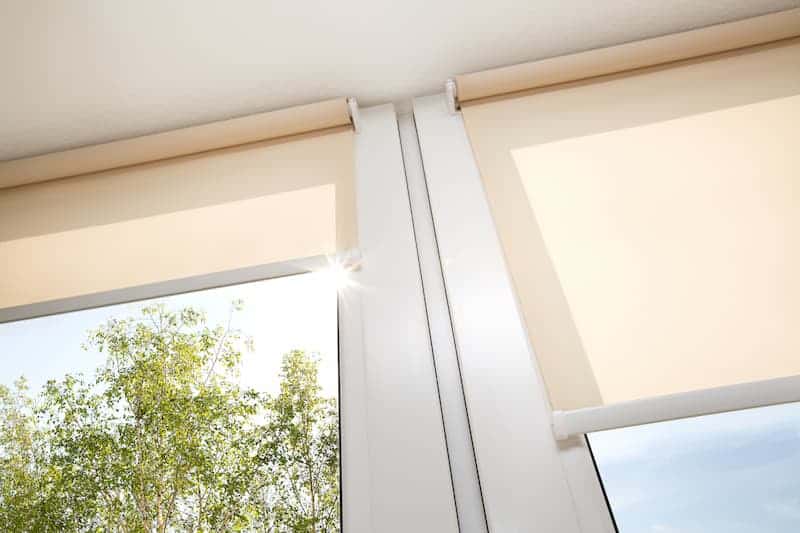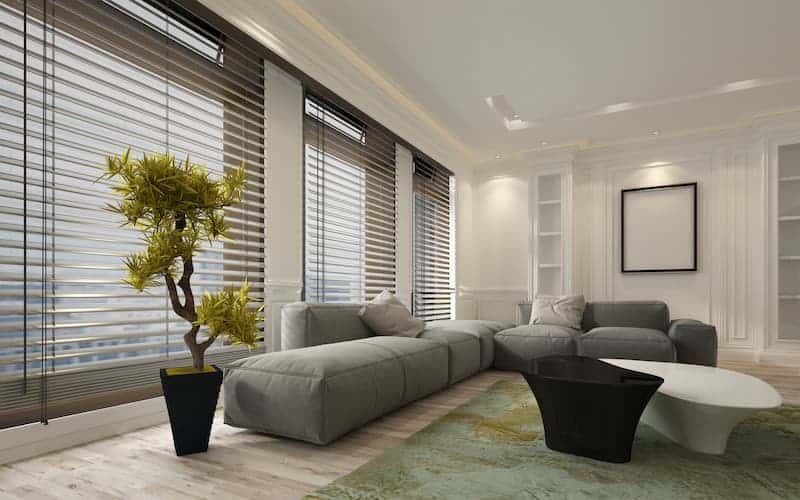As the world grapples with climate change and high energy costs, each household can play a part in the solution. One often overlooked tool in the energy-saving toolkit is window blinds. When chosen and used correctly, this humble home accessory can significantly reduce both your carbon footprint and energy bills.
The appropriate blinds can influence a home’s power conservation. To help you choose the right one for your needs, this essential guide will walk you through the steps to optimize your window coverings for optimized energy consumption.
1. Choose The Right Material
When it comes to enhancing energy savings, the material of your window blinds is of the utmost importance. Before you look for quality, cheap blinds, it’s worth considering the following materials:
- Aluminum
One of the most commonly used materials in window blinds, aluminum is known for its lightweight nature and high reflective properties. These are particularly useful in hot climates. They reflect the sun’s rays, reducing heat absorption and keeping your home cooler. They are also durable, easy to clean, and come in various colors and finishes.
- Wood
Wooden blinds offer a unique blend of aesthetics and insulation. Wood acts as a natural insulator, helping to retain indoor heat during cold weather. This makes them an excellent choice for homes in colder climates. Additionally, wooden blinds bring a warm, natural feel to your interior decor.
- Polyvinyl Chloride (PVC)
PVC blinds are a cost-effective option that also offers heat-reflective properties, similar to aluminum blinds. They’re especially suitable for areas with high humidity or where water resistance is necessary, like bathrooms and kitchens.
- Fabric
Blinds made from tightly woven fabric may help cut your energy bills. They provide a degree of insulation while still allowing soft light into the room. In summer, they help to keep the room cool by blocking direct sunlight.
Each material has different benefits, so consider your specific needs, environmental conditions, and the room’s purpose when choosing blinds.
2. Understand The Different Types of Blinds
After considering the materials, the next step is to understand various types of blinds. While each offers unique characteristics that affect their energy efficiency, it’s worth noting that some types may have potential drawbacks depending on specific needs and conditions. Here are some of the most common options:
- Vertical Blinds
These blinds are ideal for large windows and sliding glass doors. They allow flexible control over light and heat. You can rotate them to let in varying amounts of light and heat, or draw them back entirely for maximum daylight exposure. Plus, the vertical orientation reduces the amount of dust that collects, making them easier to maintain.
- Venetian Blinds
These traditional horizontal blinds allow for fine-tuned control of light and heat. By adjusting the angle of the slats, you can control how much light enters the room. This control helps maintain a comfortable temperature in both summer and winter. They come in a range of materials, including wood and aluminum, both of which have their own energy efficiency benefits.
- Roller Blinds
Simple and effective, roller blinds offer excellent light blockage, mainly when made with opaque materials. They’re great for keeping out the summer heat but bear in mind that they can also block out winter sun, which could otherwise help warm your home. They’re typically made from synthetic materials, which are excellent for reflecting sunlight.
- Roman Blinds
These blinds are made from fabric that folds into pleats when raised. They can be lined with a light-blocking material to improve their energy efficiency. When lowered, they provide a good seal against the window, reducing drafts and heat loss in winter or heat gain in summer.
Each blind type provides distinct advantages and disadvantages for the reduction of energy usage. Understand your specific needs based on your local temperature conditions, window size, direction, and personal style. That way, you can select the blinds that will best meet your needs.

3. Consider The Color of Blinds
Just as material and type play crucial roles, so does the color of your blinds, which surprisingly affects energy efficiency. Darker colors absorb more heat, making them ideal for cold climates as they help warm the room. Conversely, light colors reflect sunlight, thereby reducing the amount of heat that enters the room. They are perfect for warm climates to keep the room cool.
Essentially, the blind color you choose should complement the weather in your location to optimize power conservation. This decision can yield substantial energy savings.
4. Properly Installing Window Blinds
You’ve chosen the right blinds, but what about the installation? Installing blinds properly is paramount in enhancing their energy efficiency. Ensuring that they fit snugly within the window frame prevents air leakage, optimizing their efficiency. The blinds should hang as close as possible to the window glass to maximize their insulating and reflective properties.
Here are a few pointers to keep in mind:
- Measure the window frame accurately before purchasing blinds. They should cover the window completely, with a small overlap on all sides.
- Secure the blinds firmly to prevent damage from wind-induced swinging or banging, which could affect their efficiency and lifespan.
With correct installation, you’ll maximize the energy-saving benefits that blinds can offer.
5. Effectively Utilizing Your Window Blinds
Simply installing the blinds isn’t enough, you also need to utilize them effectively for maximum energy efficiency. During winter, open your blinds during the day to allow sunlight in and close them at night to keep the warmth inside. In summer, do the opposite. Close the blinds during the day to keep the heat out, and open them at night for cooler air to come in.
6. Embracing Advanced Controls
The final step involves using advanced controls. With today’s technological advances, you can now automate your window blinds. Automated blinds can be programmed to open and close at specific times, depending on the season and the time of the day. This ensures optimal energy efficiency without you having to lift a finger.
Conclusion
The right window blinds can make a significant contribution to your home’s energy efficiency. By choosing the suitable material and type, considering the color, installing correctly, and using it effectively, you can lower your power usage.
Although it seems like a small change, optimizing your blinds can make a big difference in the fight against climate change and rising energy costs. But remember, not all blinds may suit every need or condition, so it’s crucial to consider potential challenges or drawbacks as well.






